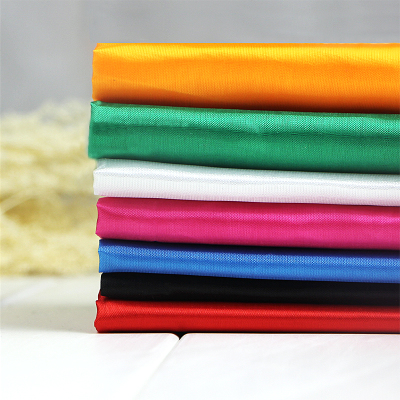The Luxurious and Mysterious Silk
3 min readSeveral thousand years ago,when the silk trade first reached Europe via the Silk Road, it brought with it not only gorgeous silk apparel and decorative items,but also the ancient and resplendent culture of the Far East. From then on,silk was regarded as the emissary and symbol of Eastern civilization.The earliest silk article discovered to date is approximately 4,700 years old,unearthed from a tomb dating from China’s Liangzhu Culture (3,300-2,200 BC).

According to an ancient Chinese legend,the Silkworm Goddess appeared before the Yellow Emperor,the legendary ancestor of the Chinese people,after he vanquished his adversary Chi You.She presented him with silk fibers spun from her own mouth as a sign of respect.The Yellow Emperor ordered the fibers woven into cloth and made into silk apparel,which he found exceedingly soft and comfortable.His wife,Lei Zu of the Xiling clan,searched until she found a type of caterpillar capable of spinning silk fibers from its mouth.She raised these silkworms by feeding them mulberry leaves she picked herself.Later generations came to worship Lei Zu as the Silkworm Goddess,and the Yellow Emperor as the God of Weaving.Sericulture,including cultivating the mulberry plant,raising silkworms,and producing silk fabric,has been an essential form of labor in China throughout the millennia.
China is the birthplace of sericulture.Raising silkworms and reeling the silk from their cocoons was ar icient China’s greatest achievement in the utilization of natural fibers.As long ago as the Neolithic Age(c.12,000-2,000 BC),the Chinese ancestors had invented flat-weaving and figured-weaving techniques,and were tinting cloth using natural vermilion dye.

With improvements in loom construction and printing and dying methods,more varieties of silk were developed and a comprehensive system of cloth dying evolved.China possessed the most advanced silk dying and weaving techniques of the ancient world.
The Silk Routes(collectively known as the”Silk Road”)were important paths for cultural. commercial,and technological exchange between traders,merchants,pilgrims,missionaries, soldiers.nomads and urban dwellers from Ancient China,Ancient India,Ancient Tibet.Persian Empire and Mediterranean countries for almost 3.000 years.It gets its name from the lucrative Chinese silk trade,which began during the Han Dynasty(206 BC-220 CE).

Extending 4,000 miles(6,500 km),the routes enabled people to transport goods,slaves and luxuries such as silk,satin,hemp and other fine fabrics,musk,perfumes,spices,medicines, jewels,glassware and even rhubarb,as well as serving as a conduit for the spread of knowledge, ideas,cultures,zoological specimens and some non indigenous disease conditions between Ancient China.Ancient India(Indus valley,now Pakistan),Asia Minor and the Mediterranean. Trade on the Silk Road was a significant factor in the development of the great civilizations of China,India,Egypi,Persia,Arabia,and Rome,and in several respeets heiped lay the foundations for the modern world.Although the term the Silk Road implies a continuous journey,very few who traveled the route traversed it from end to end.For the most part,goods were transported by a series of agents on varying routes and were traded in the bustling markets of the oasis towns








